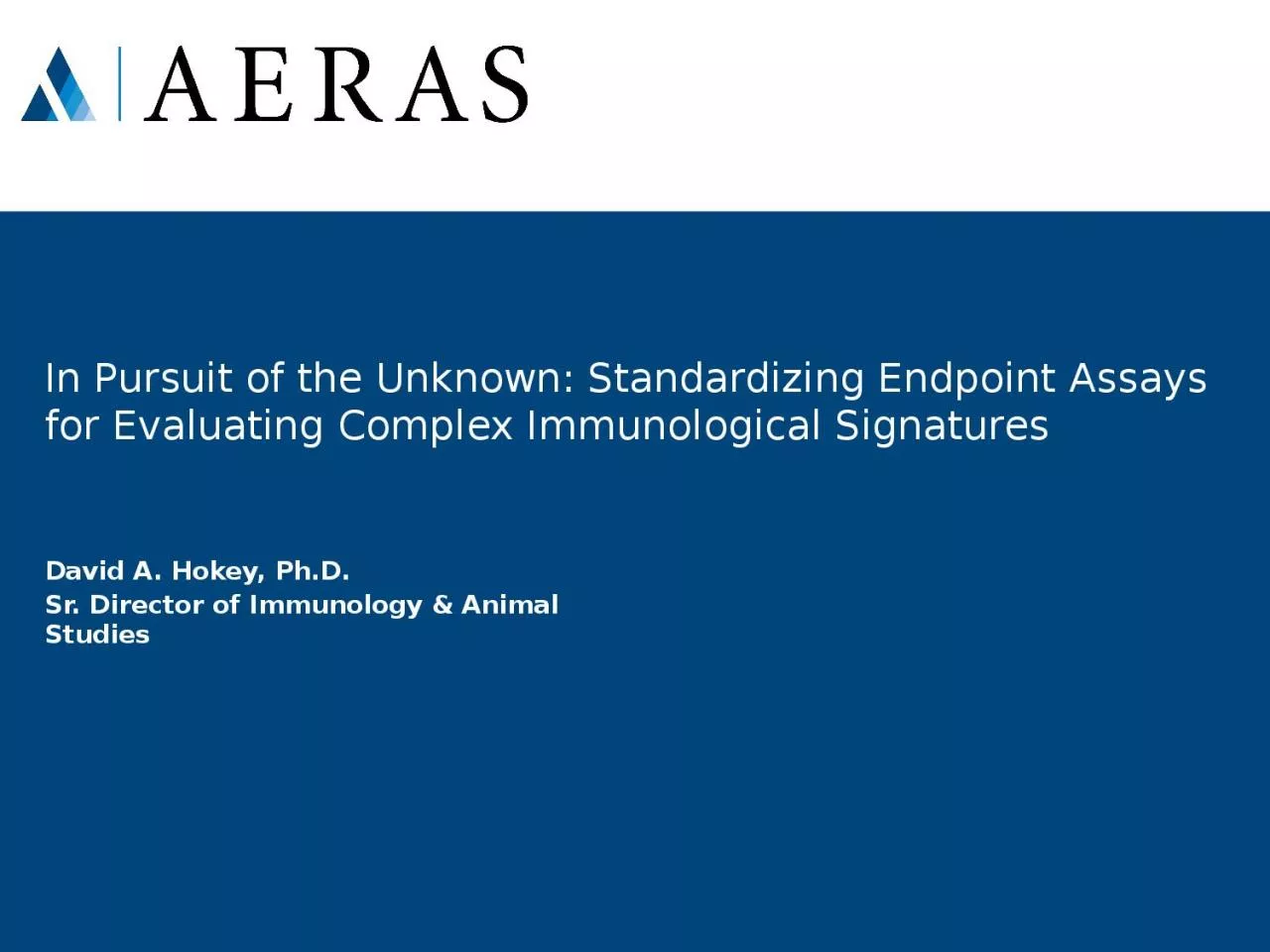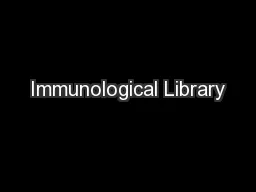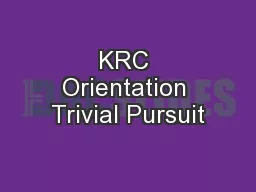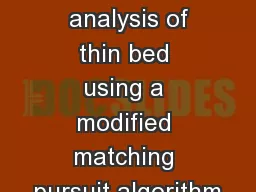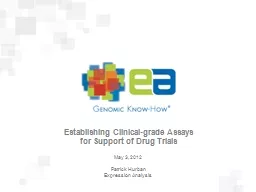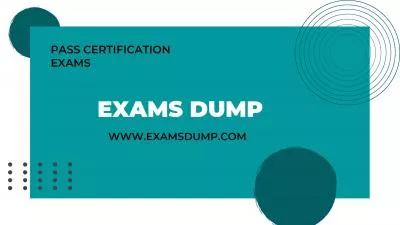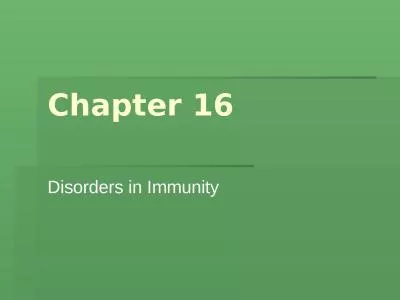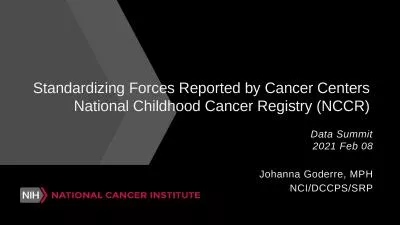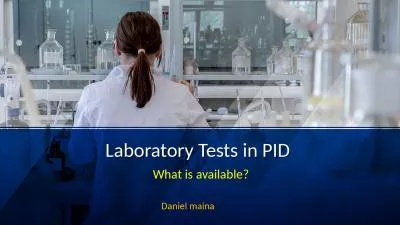PPT-In Pursuit of the Unknown: Standardizing Endpoint Assays for Evaluating Complex Immunological
Author : ButterflyHeart | Published Date : 2022-08-03
David A Hokey PhD Sr Director of Immunology amp Animal Studies 87 million new cases and 14 million deaths in 2011 WHO declared global public health emergency Over
Presentation Embed Code
Download Presentation
Download Presentation The PPT/PDF document "In Pursuit of the Unknown: Standardizing..." is the property of its rightful owner. Permission is granted to download and print the materials on this website for personal, non-commercial use only, and to display it on your personal computer provided you do not modify the materials and that you retain all copyright notices contained in the materials. By downloading content from our website, you accept the terms of this agreement.
In Pursuit of the Unknown: Standardizing Endpoint Assays for Evaluating Complex Immunological: Transcript
Download Rules Of Document
"In Pursuit of the Unknown: Standardizing Endpoint Assays for Evaluating Complex Immunological"The content belongs to its owner. You may download and print it for personal use, without modification, and keep all copyright notices. By downloading, you agree to these terms.
Related Documents

